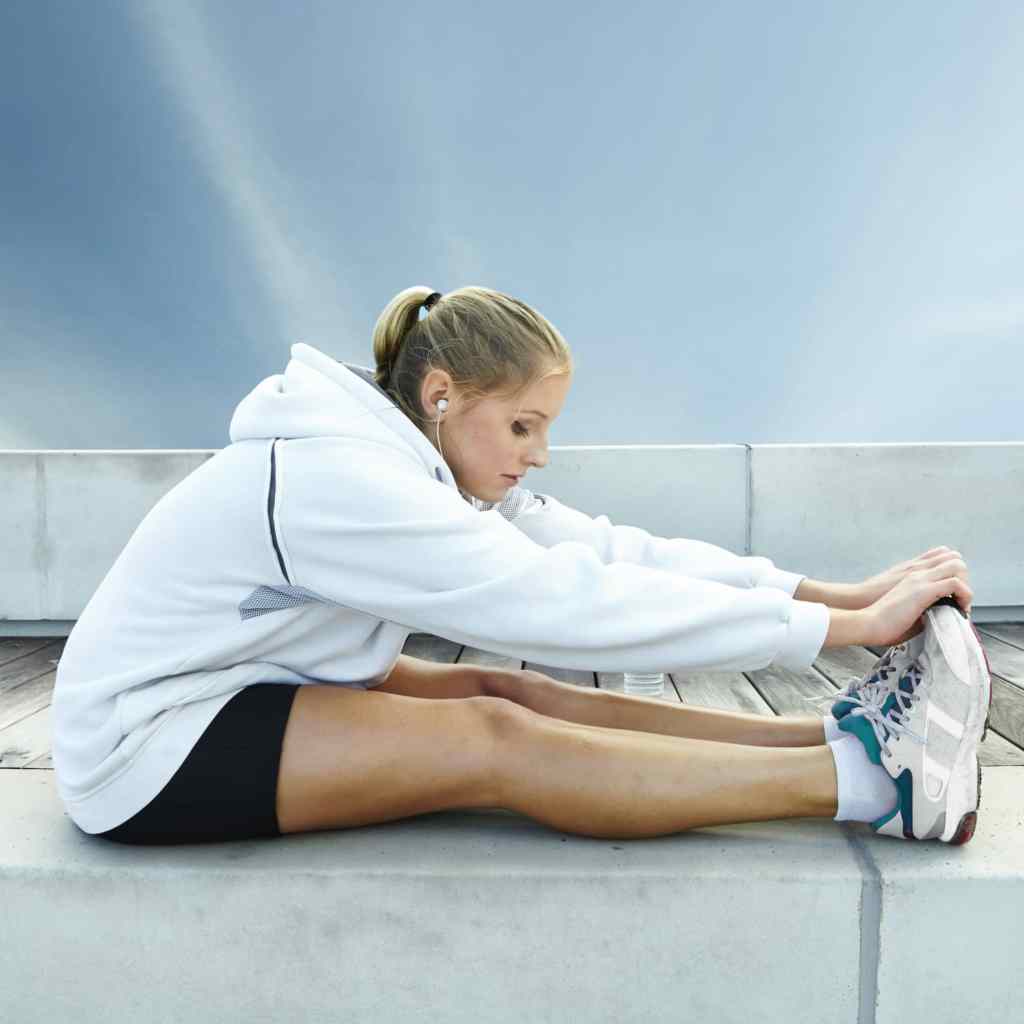I pride myself on being an athlete who keeps up with a gym routine, but three days into my annual Utah ski trip, I realized there was a major aspect of my body I have been neglecting: fascia. As a health and wellness editor, I was introduced to fascia (the connective tissue that holds together your muscles, bones, and organs) via some trend research. It wasn’t until I found myself tight and achy in the ski lodge that I understood why fascia was making headlines.
According to hopkinsmedicine.org, “Fascia has nerves that make it almost as sensitive as skin. When stressed, it tightens up.” The site explains how fascia is designed to stretch as you move, but limited physical activity, overworking your body with repetitive movements, and injuries can cause it to dry up and tighten around your muscles, which restricts mobility and can cause painful knots.
After learning this, I stumbled upon Alo Moves’ Fascial Conditioning classes – the charley horse in my calf and twinging pain in my back convinced me to sign up for the free trial.
Related: Stretching This Way Before a Workout Can Actually Harm You – Here’s What to Do Instead
Since I didn’t visit a doctor, I wasn’t 100 percent certain my pain was due to fascia. In fact, Johns Hopkins says it’s quite difficult to pinpoint fascia pain since it’s so closely related to your joints and muscles. But I figured it couldn’t hurt to investigate and give my fascia some attention.
During a 30-minute virtual Alo Moves class, you’re taught rebound training. Since fascia is 10 times more reactive to movement than muscles, Alo Moves offers quick dynamic stretches that can increase your balance, proprioception, and reflexes that can alleviate soreness.
It was obvious after viewing Alo Moves coach Dylan Werner’s explainer video that the program has elasticity fascial conditioning down to a science. Every movement throughout the sessions lasts about 0.8 to 1.2 seconds – imitating just how fast the elastic qualities of the fascia come into play in real-life scenarios.
Related: This Warmup Will Make You Have the Best Run Ever
One example of Warner’s moves is the sit and reach, which conditions the back of the body from the heels all the way to the back of the head. You start the move by sitting down with your legs out in front of you, engaging your quads and extending your arms toward your toes so they are parallel with your legs. Keeping your neck long and your feet flexed, you pulse forward for three rounds of 20. By doing this, you are pulling the fascia to end, then allowing it to return.
Three days of weaving through trees in the snowy Wasatch mountains confirmed that fascia was more a part of the equation than I ever realized. I was soon validated in all my research after a few online sessions began to aid my pain. Each dynamic movement, which was followed by rebounding into a neutral position, further increased my body’s range of motion, boosting my athletic performance and mobility.
Back in New York City, I’ve only felt results while on the treadmill and hustling to make my subway (and trust me, my knees and hips are thankful for it), but you can bet I’m itching to get back on the slopes for some sweet, ache-free redemption.
Click here for more health and wellness stories, tips, and news.

